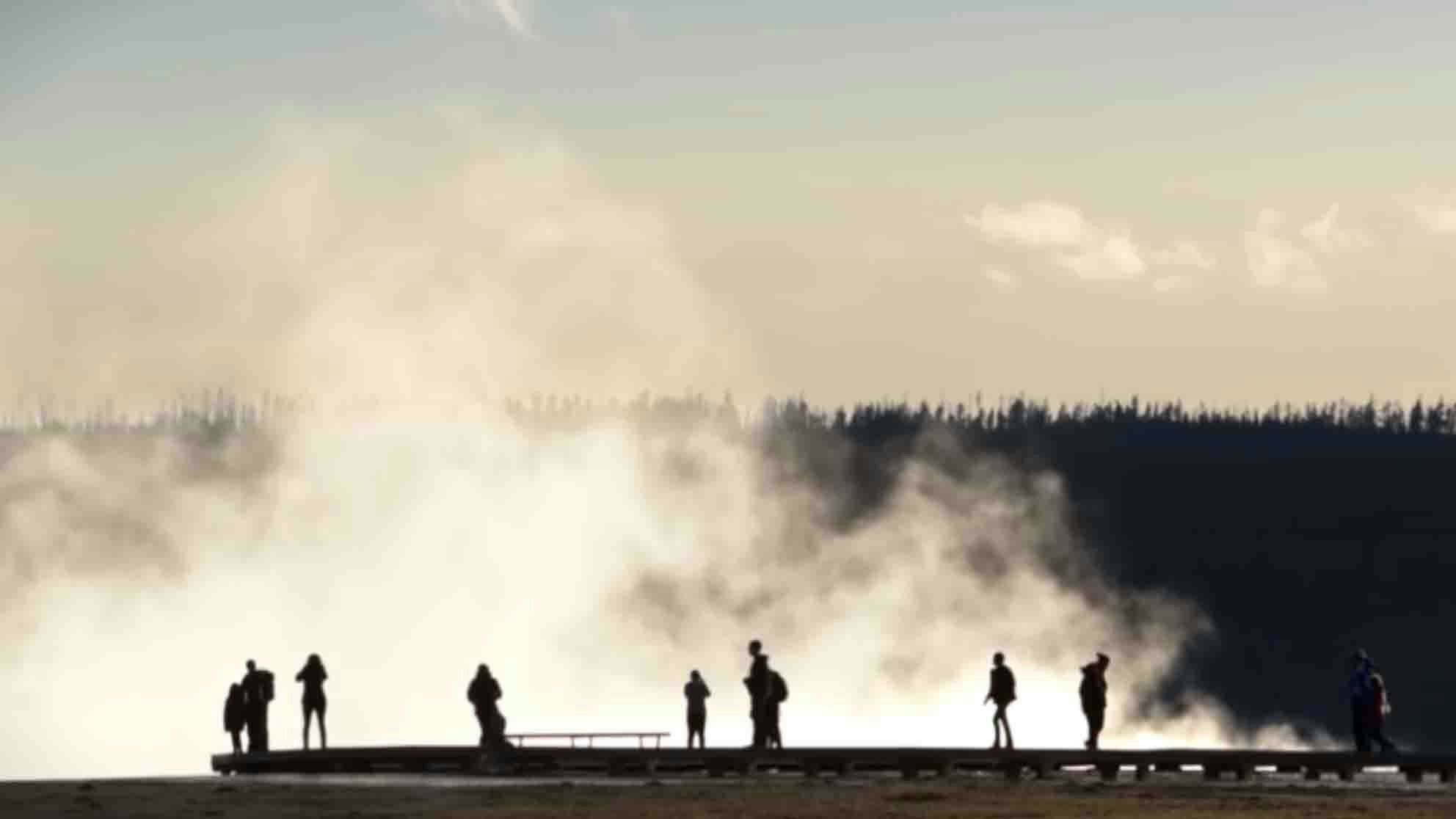It’s been a busy summer for Wyoming’s tourism industry.
Yellowstone National Park is setting visitation records — in June of this year, over 938,000 people visited the park.
That broke the previous all-time high number for June visitation set in 2016 by almost 100,000.
For park gateway communities, that means business has been good. But it has also put a strain on businesses already suffering from a shortage of workers.
Ryan Hauck, the Park County Travel Council’s executive director, said he was enthusiastic about the number of people traveling to — and through — Cody.
“We are seeing record numbers all throughout Park County,” he said. “I know our guest and dude ranches are doing amazing, our attractions are doing amazing, our restaurants are full.”
Hauck said attractions and retailers in the towns just east of Yellowstone are reporting not just their best June ever, but their overall best month ever. However, Hauck admitted the high number of visitors is causing an unintended negative effect because of a limited workforce.
“You kind of get worried about, you know, that traveler experience,” he said. “Is our destination holding up to the demand?”
Restaurant owners in Cody said the demand has been taxing — especially in light of the labor shortage that has impacted small businesses throughout the country. Susan Cory has owned Peter’s Cafe in Cody for nine years, but has worked at the small sandwich and ice cream shop for over 30.
“We can’t keep up,” she said. “I’m having to double staff breakfast, because it’s that busy, so it’s making me short-staffed for our closing shift.”
According to Donna Lester at the Workforce Service office in Cody, across the region, the number of people actively looking for work has dwindled to almost nothing.
“In June I was in five different states. I traveled to Idaho, through Oregon, California, Utah, Nevada, and it is everywhere,” she said. “It’s pretty amazing – the workforce has just kind of disappeared.”
The lack of workers, coupled with the increase in tourism, means that visitor experience that Hauck referenced has definitely been impacted.
“A lot of our local businesses aren’t opening until (4 p.m.), or they’re closing parts of the day or certain days of the week,” Lester said. “You know, just today I went to meet somebody for lunch, and they had gone to three different places to try to have lunch, and either they couldn’t get in because it was packed, or because the other places weren’t open.”
So business owners like Cory are working around the clock, and closing one or two days a week to best use the staff they have.
“I normally run with 14 people, we’ve been running with nine and 10,” she said. “And they’re getting burned out, because I had two applicants, and they were both 14 year olds, so I hired both of them. I have never not had a stack of applications to go through.”
Cory’s predicament is just one example of a scenario that is playing out all across the region. Business owners who are already overwhelmed with the number of tourists who are in town are having to work extra hours — and there’s no relief in sight.
“I don’t have an extra person to cover when people call off,” Cory said. “And it’s just going to get worse in the next three weeks when we lose all our high school kids.”





